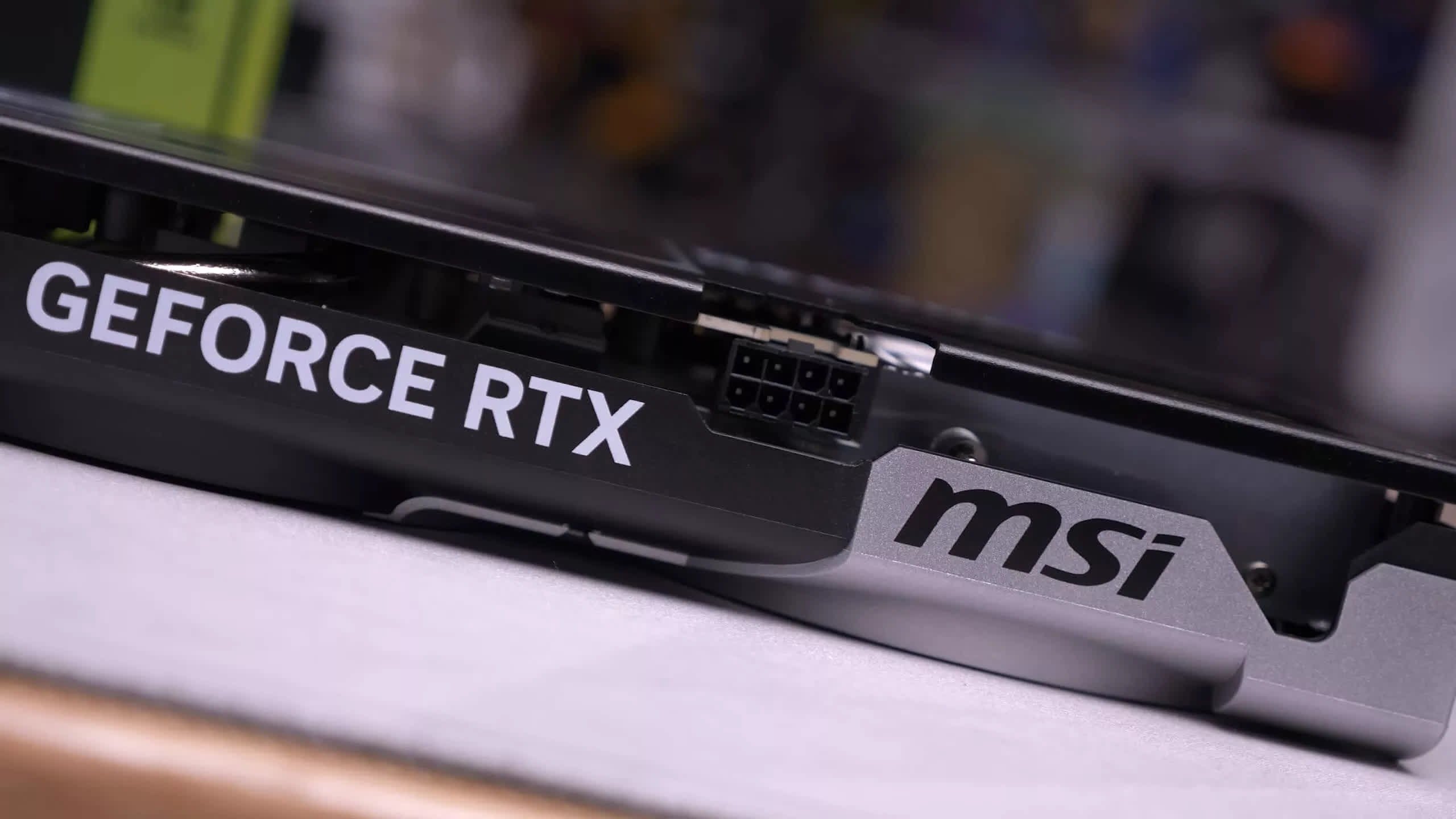
Public drivers are now available for Nvidia's RTX 5050. Although the company confirmed that the desktop GPU will launch later this month, board partners such as Inno3D claim it's available now and have already benchmarked it. However, independent reviews have not appeared yet, suggesting that Nvidia is bypassing media outlets with yet another entry-level product. Customers interested in the $250 card currently only have preliminary benchmarks for guidance.
None of the 8 GB RTX 50 series graphics cards received proper pre-launch reviews, prompting suspicion that Nvidia attempted to hide their disappointing performance from early adopters. The strategy feels especially misleading in the case of the 5060 Ti, which comes in both 8 GB and 16 GB variants.
INNO3D GeForce RTX 5050 Twin X2 / OC / Compact are now on-shelf! Reach out to your local retailers today!
– INNO3D (@Inno3D) June 30, 2025
Find your retailers: https://t.co/Vao8dzaEPY #brutalbynature #inno3d #blackwell #geforce #rtx #gpu #rtx50 #rtx5050 #compact #oc #overclocking #gamingpc pic.twitter.com/W6C3iFAhUV
Nvidia only released early review samples for the 16 GB RTX 5060 Ti, which we found to be a decent GPU. However, the 8 GB model immediately felt outdated upon launch, often lagging far behind its partner in our benchmarks.
The situation repeated with the standard RTX 5060. While reviewers were able to acquire the card, Nvidia withheld the preview drivers. Furthermore, the company only sponsored reviews from outlets that agreed to compare the GPU's AI-generated frames against purely rendered frames from the 3060 and 2060, obscuring the actual performance difference.
In our review, not only did the $299 GPU further prove that 8 GB of VRAM is a handicap in 2025, but its performance fell short of the five-year-old RTX 3070. An early benchmark of the RTX 5050, which includes 8 GB of GDDR6 VRAM and 2,560 CUDA cores, suggests a similar outcome.
RTX 5050 Test Result from Inno3Dhttps://t.co/rgddTtA9j4 pic.twitter.com/5x5VbTQBT6
– 포시포시 (@harukaze5719) July 1, 2025
Inno3D recently shared a few synthetic and gaming benchmarks on Weibo. Although the RTX 5050 pulls slightly ahead of the 4060 in Steel Nomad, Speed Way, TimeSpy, and other tools, the older GPU inched ahead in Borderlands 3, Far Cry 6, Horizon Zero Dawn, and Assassin's Creed: Valhalla.
Although 8 GB GPUs can technically play almost any modern title, especially in 1080p, analysis of other cards shows that upgrading to 12 or 16 GB in the same performance tier brings 4K gaming well within reach. Our comparison with the RTX 5060 Ti delivers solid proof of this, but Intel's Arc B580 provides especially fascinating evidence.
Although finding Intel's GPU at MSRP is difficult, it launched at the same price as the RTX 5050 late last year, and its 12 GB VRAM pool propels it past the 8 GB 5060 Ti in some situations.
The laptop version of the RTX 5050 is also now available in devices starting at $999. It is expected to perform similarly to its desktop counterpart.
The RTX 5050 is Nvidia's third 8GB GPU to launch without day-one reviews